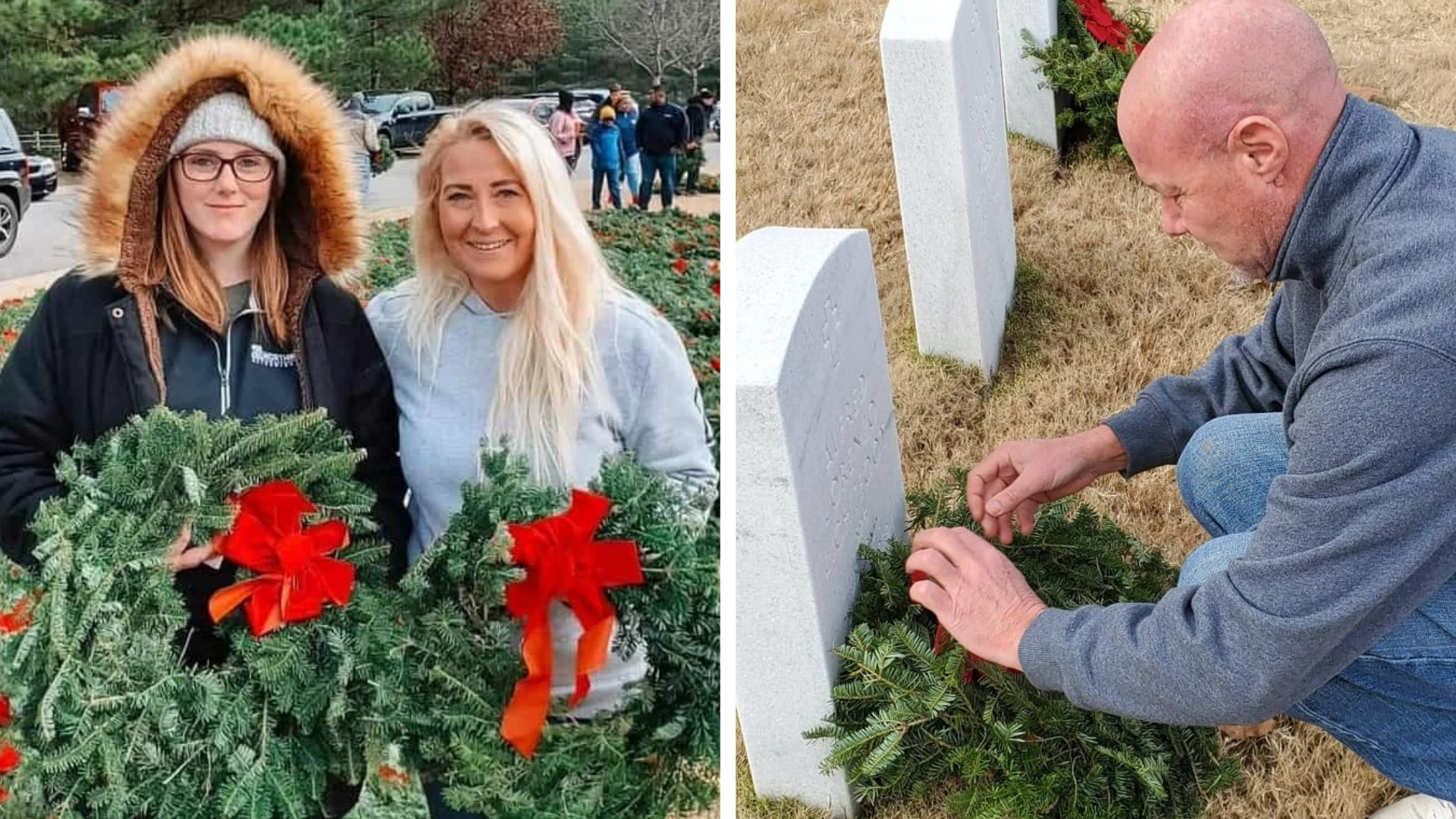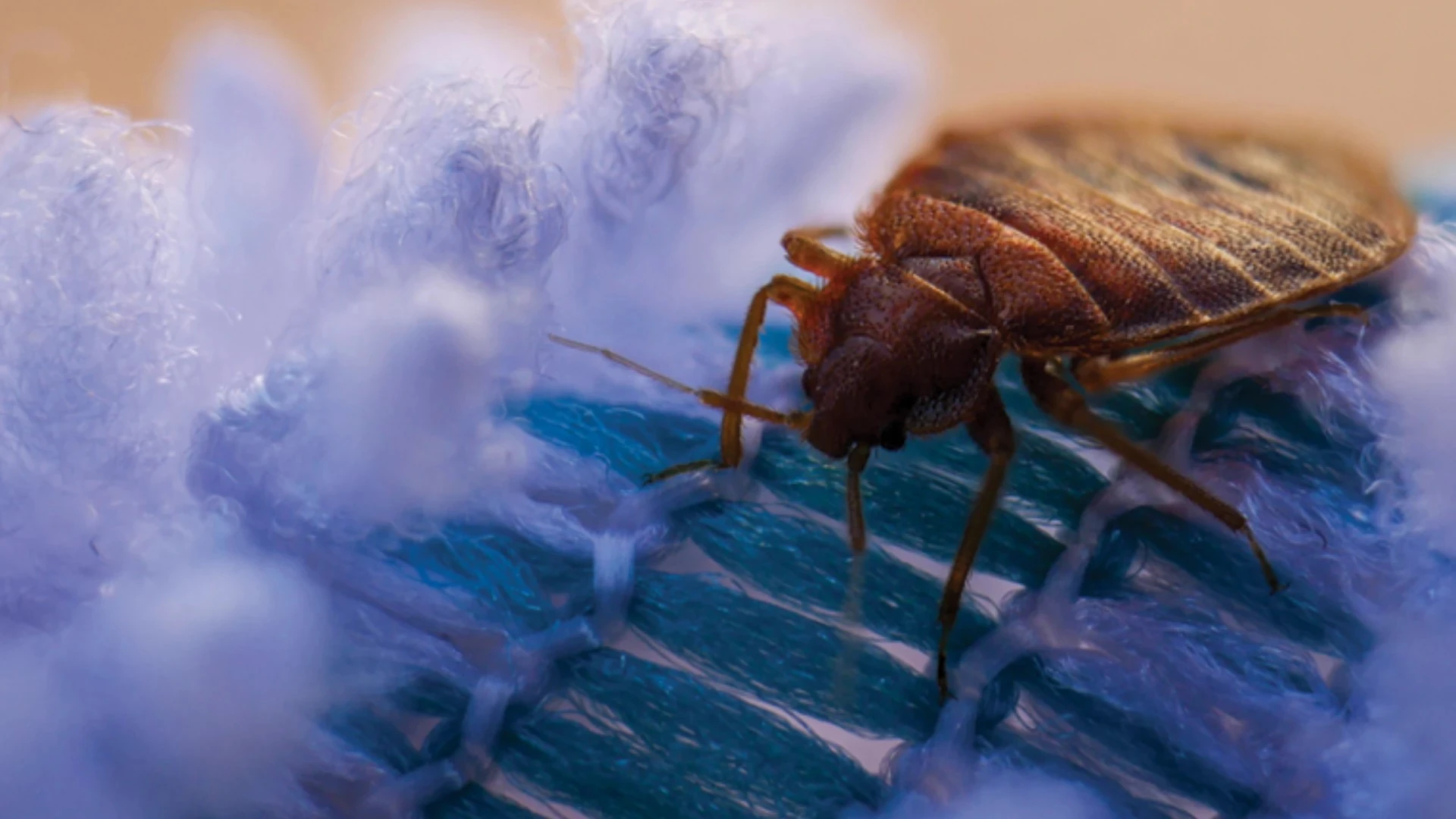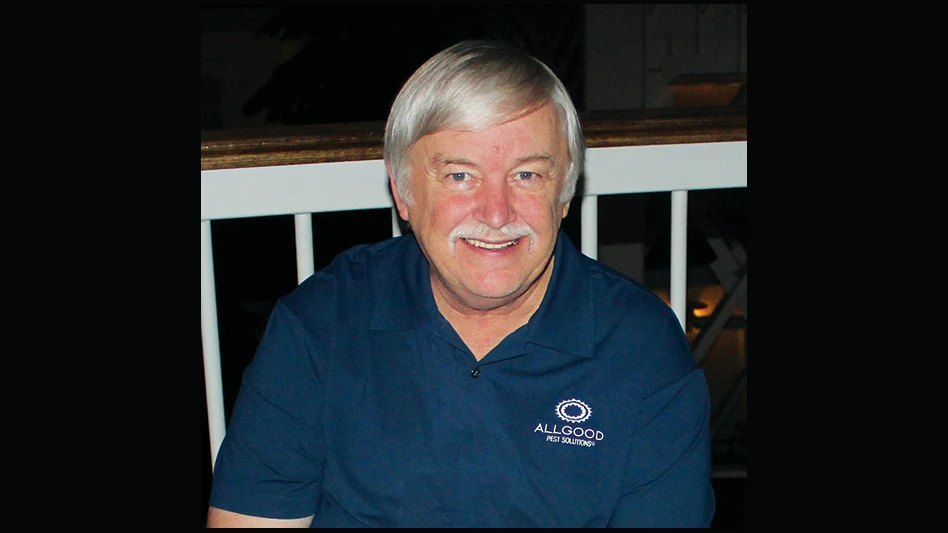Editor’s Note: This is a developing story. The information in the following article is current as of press time. Visit www.pctonline.com for regular updates and any new developments in the ongoing litigation.
GREENSBORO, N.C. – Nearly two months after issuing a Temporary Restraining Order (TRO) that prevented Makhteshim from "using, importing, marketing, offering to sell, or selling" any fipronil-related product that may infringe on BASF’s ’010 and ’743 patents, U.S. District Judge William L. Osteen, Jr. reversed course in late May, denying BASF’s bid for a preliminary injunction and dissolving the TRO, paving the way for the introduction of Taurus Termiticide/Insecticide from Control Solutions, Makhteshim’s U.S. subsidiary.
In ruling on the motion, Judge Osteen interpreted a key term of the disputed patents, determining that the Exterior Perimeter/Localized Interior (EP/LI) treatment instructions featured in the master label for Taurus SC did not meet the limitations of the claim for the patents in question. The disputed claim – a focal point of the Markman hearing held in early May – focused on a "process for the protection of a [future] building against damage caused by insects," according to court documents.
"Plaintiffs have failed to show that they will likely prove that the asserted claims of the Kimura patents cover the EP/LI treatment methods described in Defendants’ Taurus SC master label," Judge Osteen wrote in his ruling. "Thus, this court concludes that Plaintiffs have not established that they are likely to succeed on the merits." (Editor’s note: Inventor Yassuo Kimura acquired the ’010 patent in 2002 and the ’743 patent in 2004; see related story on page 150.)
The judge concluded that the patents promote the deliberate creation of "untreated locations" around structures so crawling insects can access buildings without being exposed to the insecticide (fipronil). The Taurus label, in contrast, recommends creating a "continuous treated zone" around the exterior of structures "and only treating interior spaces where termite activity is found." As a result, the judge ruled Taurus is unlikely to be found to infringe the patents.
Jan Buberl, head of BASF’s Specialty Products Division, said even though Judge Osteen did not impose a preliminary injunction, as the company had requested, he remains optimistic BASF will prevail at trial. "We respectfully disagree with the decision of the court and we are considering our various legal options, but certainly one of the next milestones is the full trial that is set for (later) this year."
Buberl pointed out the court’s recent action is a "procedural ruling" and doesn’t mean patent infringement issues are no longer in play. Instead, he said, "…with this ruling, we understand what elements we have to clarify to the court to make sure there’s a better understanding of our intellectual property."
SOME HISTORY. The ruling on the Preliminary Injunction is the latest chapter in legal proceedings that began more than a year ago when BASF filed two separate patent-infringement lawsuits in U.S. District Court. Since the original court filings on April 8, 2010, more than 130 different motions, court orders and other related legal actions have taken place as the parties – BASF Agro, Cheminova A/S and Makhteshim Agan of North America, along with its U.S. subsidiary, Control Solutions, Inc. – jockey for position in the high-stakes litigation that will have wide-ranging implications for the pest management industry, whatever the ultimate outcome.
Termidor, BASF’s flagship termiticide, generates more than $75 million in annual revenues, representing about 35 percent of the U.S. termite control market and approximately 65 percent of the liquid termiticide market. More than 4 million structures have been treated with the non-repellent termiticide since it was introduced to the industry 10 years ago. As a result, there’s a lot at stake in any litigation relating to the future of fipronil.
At the center of the proceedings are several fipronil-related patents, the broad-spectrum phenylpyrazole insecticide found in Termidor, the most widely used liquid termiticide in the United States. One of those patents (’940), covering the fipronil molecule itself, expired on Aug. 3, 2010. Two additional manufacturing process patents (’943 and ’945) will expire in 2023 and 2025, respectively, while the method-of-use patents – sometimes referred to as "perimeter use patents" (’010 and ’743) – will expire in 2017. The "perimeter use patents" are owned by Bayer S.A.S. and exclusively licensed by BASF Agro.
Joining BASF as a plaintiff in the lawsuits is Bayer CropSciences, which exclusively licenses two of the patents to BASF. In October, Makhteshim Agan of North America and Cheminova agreed not to introduce any fipronil-related products that would infringe on BASF’s "process patents." At the time, Buberl called it a "major milestone for defending our intellectual property."
He said the action indicated that BASF’s intellectual property "is respected by the competition" and "awarded certain protections" by the courts. "It means we’ll be able to continue to offer new technology long-term for this industry," Buberl said, as evidenced by the company’s introduction of TermidorDRY earlier this year, the first brand extension of the Termidor line.
While BASF continues to invest in creative ways to enhance and expand the use sites for its flagship product, the company’s patent for technical fipronil expired in August 2010, increasing the likelihood a generic fipronil-based technology would one day enter the pest control marketplace. Apparently that day has come. Control Solutions recently posted a description and photo of Taurus Termiticide/Insecticide on its website, and Mark Boyd, president of the Texas-based company, said the firm planned to begin shipping the product in early June. The next step, he said, is to "work with distributors and PCOs and keep the value of fipronil in (the) market as high as possible."
Buberl, however, was more circumspect. "I would caution all PMPs who have a desperate need to take on this product to always keep in mind that the intellectual property discussion is not yet finished and is in full litigation, and that a potential outcome that would confirm the validity of the intellectual property and the encroachment of the intellectual property may have risks for not only distributors, but also for PMPs," he said. As of press time, the case was scheduled to go to trial July 5, but may be delayed until the fall based on court documents and industry insiders familiar with the proceedings.
Interestingly, all of the parties involved in the lawsuit at one time or another during the past year have filed motions for summary judgment, a procedural device used during civil litigation to promptly and expeditiously dispose of a case without a trial. It is used when there is no dispute as to the material facts of the case and a party is entitled to judgment as a matter of law. Up to this point the Court has not acted upon those requests, allowing the litigation to proceed. Whatever the ultimate outcome of the litigation, it’s clear that with so much at stake all of the parties are in it for the long haul. "It’s fair to say that BASF hasn’t changed its attitude to vigorously defend its intellectual property to the ultimate end," Buberl said. "IP is the backbone of BASF’s innovation strategy, and we will continue to aggressively protect our investments in new technology, research and development, and existing products."
"This is the way corporate battle is done these days," Control Solutions’ Boyd said. "The ‘rodeo’ continues."
*****
April 8, 2010
BASF files two separate patent-infringement lawsuits against Cheminova A/S and Makhteshim Agan of North America, along with its U.S. subsidiary Control Solutions, in U.S. District Court in North Carolina.
April 16, 2010
BASF files preliminary injunctions in both lawsuits seeking to prevent the sale and application of fipronil-based products the company claims infringe on its patented technologies.
August 3, 2010
Fipronil chemical patent (’940) expires.
August 4, 2010
Jury trial set for July 5, 2011.
April 4, 2011
Request for Summary Judgment by Cheminova, Inc.
April 6, 2011
Court suggests the possibility of consolidating the Markman hearings in the two patent infringement cases. The parties are directed to determine whether consolidation would be practical and then to contact the case manager to set up a further status conference.
April 13, 2011
Court grants Temporary Restraining Order (TRO), preventing Makhteshim from "using, importing, marketing, offering to sell, or selling" any fipronil-related product that infringes on BASF’s ’010 patent and ’743 patent.
April 14, 2011
BASF posts $1 million bond to pay Makhteshim’s court costs and damages in the event – at the conclusion of the litigation – the company is found to have been wrongfully restrained.
April 19, 2011
Judge William L. Osteen, Jr., orders consolidated Markman hearing. Plaintiffs and Defendants instructed to confer and prepare a single, joint pre-hearing statement, which shall address Markman issues in both cases as to the ’010 and ’743 patents.
May 2, 2011
Markman hearing begins. Parties present oral arguments relating to the claim construction terms in dispute. Summary Judgment hearing tentatively scheduled for mid-June.
May 4-5, 2011
Hearing on BASF’s motion for a Preliminary Injunction held before Judge Osteen.
May 27, 2011
Judge William L. Osteen, Jr. denies BASF’s request for a Preliminary Injunction against Makhteshim Agan of North America for infringing on the company’s "method-of-use" patents.
July 5, 2011
Jury trial scheduled to begin on patent liability issues. (Editor's Note: As of press time.)
*****
The Disputed Patents:A Brief History
At the center of BASF’s recent Motion for a Preliminary Injunction are two patents – the so-called "perimeter use" or "method of use" patents owned by Bayer S.A.S. and exclusively licensed by BASF Agro. Here’s a brief history of the patents as spelled out in Judge William O. Osteen’s recent Memorandum Opinion and Order:
"Inventor Yasuo Kimura…acquired the ’010 patent in 2002 and the ’743 patent in 2004. Both patents are entitled ‘Pesticidal Pyrazoles and Derivatives,’ and both teach a method of using certain insecticidal compounds. Bayer S.A.S. is the assignee and owner of both the ’010 patent and the ’743 patent (collectively, ‘the Kimura patents’), and BASF is the exclusive licensee of the Kimura patents in the United States with respect to the insecticidal compound Fipronil."

Explore the June 2011 Issue
Check out more from this issue and find your next story to read.
Latest from Pest Control Technology
- Rentokil Terminix Expanded in Key Markets with 2024 Acquisitions
- In Memoriam: Joe Cavender
- Certus Acquires Green Wave Pest Solutions
- Liphatech Adds Alex Blahnik to Technical Team
- Do the Right Sting: Stinging Insect Identification, Management, and Safety
- VAGA's 8th Annual Veterans Thanksgiving Appreciation Dinner
- Clark's Blair Smith on the Response to Increased Dengue Fever Cases in Southern California
- WSDA, USDA Announce Eradication of Northern Giant Hornet from U.S.





